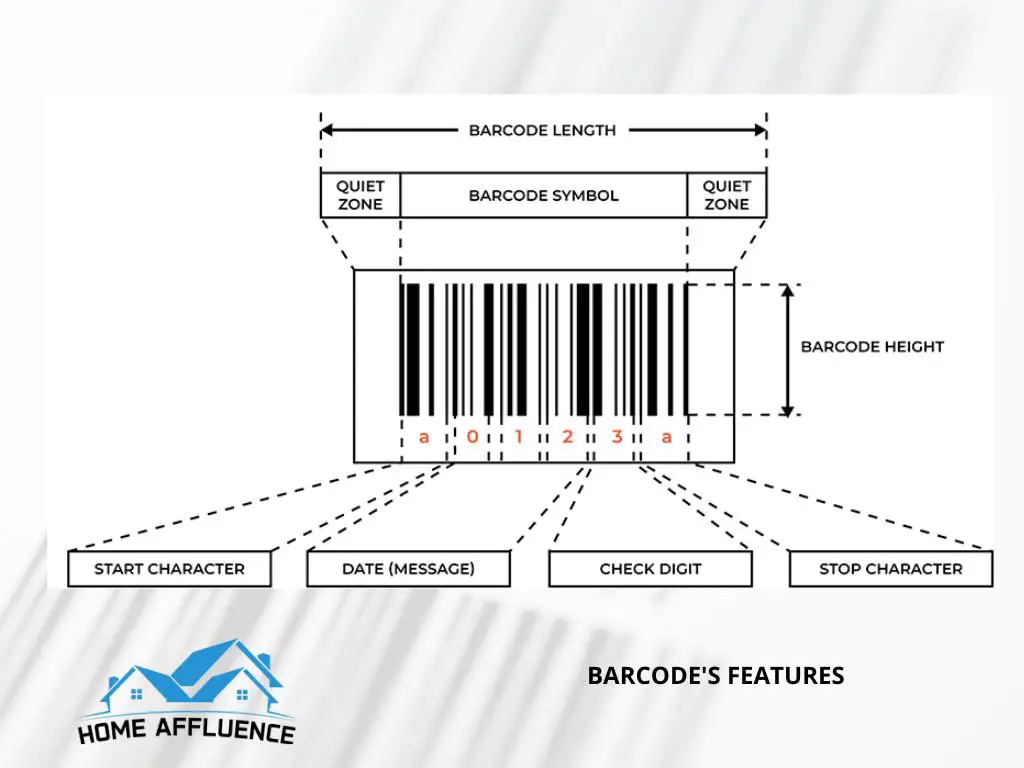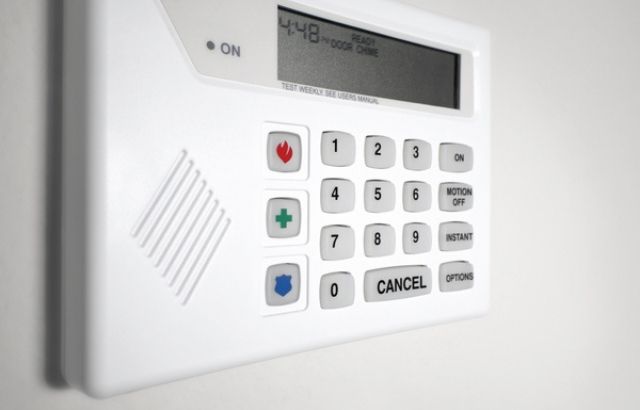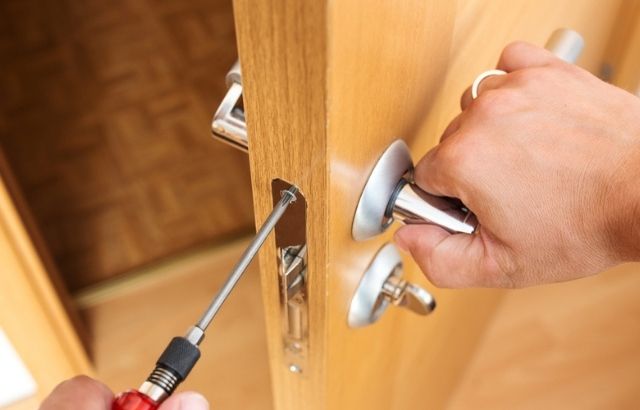Barcodes themselves do not set off alarms. Barcodes are simply a method of encoding information about a product, such as its price, name, and other identifying details, in a way that can be easily scanned and read by a barcode scanner.
However, barcodes are often used with other security measures, such as electronic article surveillance (EAS) systems. These systems can set off alarms if an item with a barcode is taken from a store without being properly scanned and paid for.
EAS systems attach small security tags or labels to store items designed to trigger an alarm when they pass through an EAS detection system at the store’s exit. When a barcode is scanned at the checkout, the system deactivates or removes the security tag or label not to trigger the alarm when the item is legitimately taken out of the store.
So, while barcodes do not set off alarms, they are an important part of many retail security systems that use alarms to deter theft and ensure that customers pay for the items they take out of the store.
How Do Barcodes Work?

The barcode consists of a series of lines with varying widths. Due to the contrast between the code’s dark lines and white spaces, a device that shines a light on it will produce varied reflections.
The sensor collects the barcode’s reflected light and converts it into an electrical current. As with any other signal, stores can decode the electrical signal into information.
The barcode reader has successfully identified the product and completed its task once it has determined what the product is. You are free to utilize this information as you see fit.
You can see the barcode reader’s light in each bright spot and absorbed by the dark areas of the code. A specialized scanner component detects and converts the reflected light from the code into an electrical signal.
The Barcode’s Components
- Modules are the fundamental building blocks of computer programs.
- It is the darkest portion of the barcode and represents the binary number 1.
- The light component of the barcode represents space. That corresponds to the binary value 0.
- The spaces and dashes that make up a character. Typically, it comes with an alphabetic code.
Frequently Asked Questions
What makes store alarms go off?
Store alarms often sound whenever anyone attempts to take an item with an anti-theft barcode or an uncatalogued barcode.
What do store sensors detect?
Store sensors usually detect the illegal removal of items from the shelves.
How to Tell if Your Barcode Sets Off an Alarm
A barcode is nothing more than a printed pattern on paper. Companies can read it with an optical reader. In theory, people can activate an alarm, but why bother in 99.99% of instances? In such a case, the merchandise would pass a scan with a laser scanner before the customer’s departure. It’s challenging enough to scan your purchases at the store.
Do Cans Set Off Alarms?
A barcode cannot independently activate a security system. A barcode is a visual representation of a string of numbers. There are sensors beneath the barcodes, so an alarm will sound if someone removes them during a theft.
What tags make alarms go off?
Automatic tracking and identification tags Plastic security tags containing RF identification chips on the item. When the chip passes the sensor, a theft alarm will sound, alerting store employees that someone is stealing an item. The shapes of these tags include gators, clam shells, and golf balls.
Customers can now approach the antenna without setting off security alarms triggered by tags and labels.
Expert Advice
In conclusion, some businesses, stores, premises, or office owners often wonder how to protect their property. Some also seek ways to significantly minimize inventory removal without previous cancellations or notorious merchandise thefts. Actually, the answer lies in the anti-theft barcode alarm systems, as they have been specially created to meet your need.
As highlighted above, these systems are useful in any place where thieves have a minimal opportunity to steal articles. Using the anti-theft barcode alarm systems allows the retailer to display their merchandise without using the locked display case.




